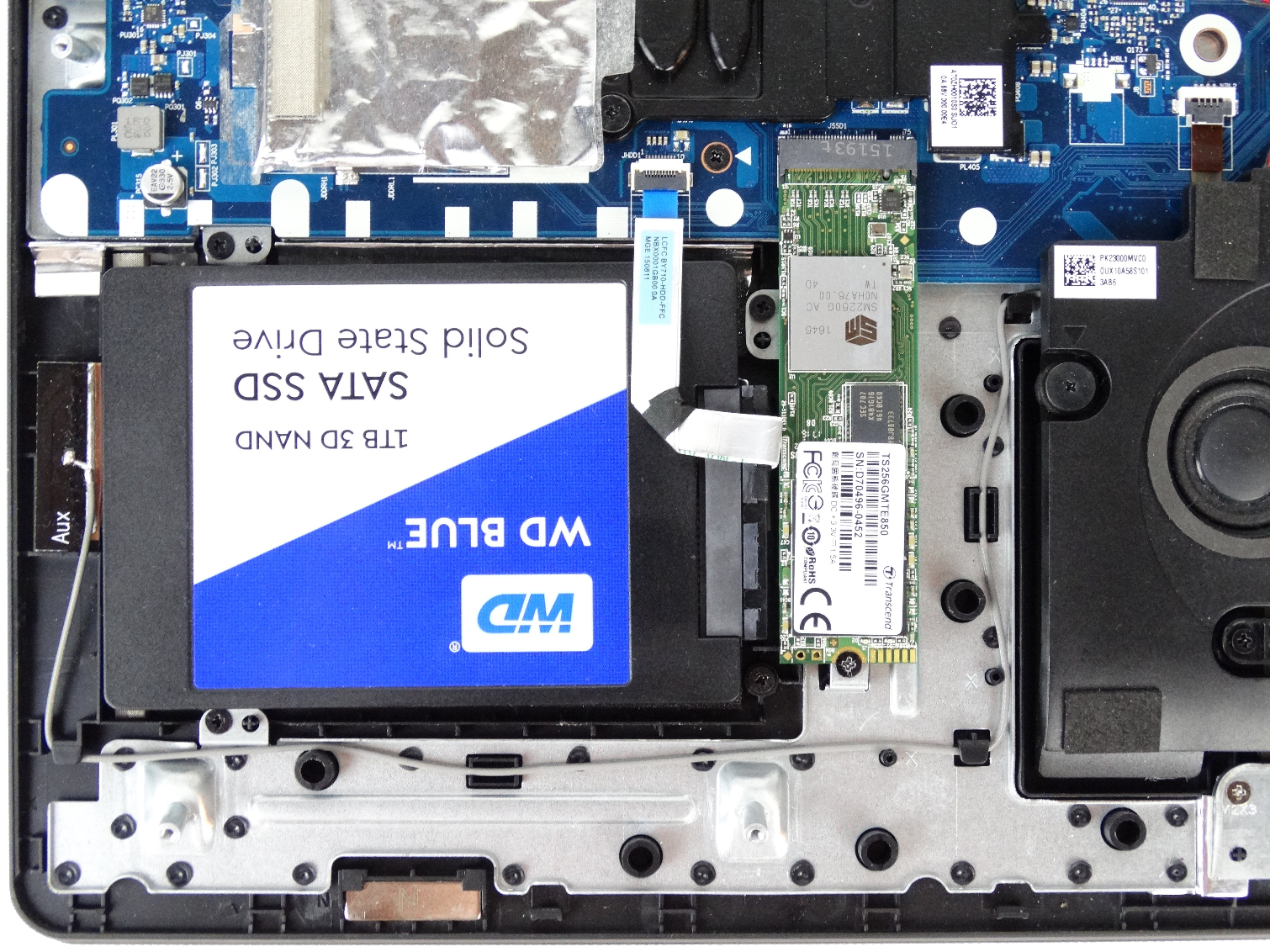Best Storage For Notebook Battery Life
Analysis & Conclusion
In our product reviews, we group similar storage media together, but that only shows a portion of the overall picture. With a unified platform, we gain the ability to see a larger picture and find patterns that were not visible before.
There are several key points to take away from these results. The first is that not all SSDs will increase your notebook battery life compared with the manufacturer's chosen storage. On the other hand, many users upgrade older systems, taking advantage of technology advances that weren't available when the manufacturer put the system together.
Assuming that solid-state drives are better for battery life is a myth. Many of the SSDs we tested deliver better battery life, but some products cannot deliver on those expectations.
We can say the same about newer NVMe SSDs. The L1.2 PCIe power state does not automatically provide more battery time than older SATA SSDs using DEVSLP.
The system responsiveness test on battery power also identified interesting patterns. The most notable is that PCIe devices running over a restricted bus slows storage performance. The latency increase came through in our test, and many users have noticed the same in their own systems. PCIe storage devices are more sensitive to low power states.
Regaining NVMe performance on battery power is as simple as installing a custom NVMe driver. However, not every company offers one. Performance comes at a cost, and in this case it’s battery life. If your drive doesn’t offer a custom NVMe driver, you can tune the BIOS in many systems, but you will also see increase power consumption.
SATA SSDs still offer the best balance between battery life and performance under reduced bus speed conditions. The Samsung 850 EVO 1TB with 48-layer 3D V-NAND offers a great mix of long battery life and performance, and it enjoys wide availability. The 850 EVO has been our go-to, general-use SSD for many reasons, and now "a well balanced user experience in a notebook" joins that list.
Get Tom's Hardware's best news and in-depth reviews, straight to your inbox.
Newer notebooks will ship with PCIe-based drives, and most will come with the NVMe protocol. You can manually adjust the PCIe power bus through the control panel's power options, but most users aren't aware of these switches. Ideally, notebook manufacturers will bring back easy-to-use GUI software. Most of those applications disappeared with Windows 8 and aren't supported with newer versions of the operating system. With the large SSD manufacturers taking so much control over of the system with custom NVMe drivers, we'd like to see some of the control given back to users. Ultra-low NVMe latency is great, but there are times when you require long battery life, like that flight to Tokyo.
MORE: Best Gaming Laptops
MORE: All Laptop Content

Chris Ramseyer was a senior contributing editor for Tom's Hardware. He tested and reviewed consumer storage.
-
WyomingKnott Thanks for this article. It's a question of great interest to all mobile warriors, and my assumption that NVMe would be best isn't correct overall.Reply -
DavidC1 Thanks for the review. We should see more reviews comparing SSD and HDD battery life, but reviewers just ASSUME SSDs will be better at it.Reply
Implementation details matter, and you can only see that by testing it.
Though I'm not a fan of using the Y700 for the test. The HQ chips do not have anywhere near the power management capability of the U chips. To be clear, its just about U series having lower TDP, but much lower idle as a platform.
I'm not sure whether such tests can be done reliably on a U platform as there may be drive specific optimizations done, and make the numbers irrelevant for actual products. But if its possible, U platforms would show greater differences in battery life between drives. -
CRamseyer You have to remember that we still have to meet deadlines (NDAs) with the reviews. I would need even more systems if testing on a U series processor or other system that gives users 10+ hours of battery life. It's still difficult to find systems that can use both M.2 NVMe and 2.5" SATA. At the end of the year I'll see what's available and most likely move away from a gaming platform. I expect these systems to stay in use until early 2019.Reply -
Lutfij I've been approached by a lot of folks regarding whether or not the addition of an SSD storage can and will improve battery life or the opposite. This article does bring some things into light! Thanks!Reply
I must also point out though that there are some among the community who are working with both a mechanical HDD and an SSD both in the 2.5" form factor so it'd be a nice write up to see if both drives running in the same laptop/mobile computing device takes a bigger hit in battery backup/performance.
To clear up, folks use an SSD caddy that does into a 9.5mm/12.7mm ODD slot on a laptop to re-purpose the SATA port for use with either an HDD or an SSD. -
mathew7 Or maybe, like my MSI laptop, shipped with an NVMe SDD and 2.5" HDD.Reply
I switched the HDD with the pretty-good scoring MX300 (thanks for confirming my good choice).
I also tried to replace the Toshiba NVMe with a M.2 SATA SM951 as the Toshiba would make a noticeable hotspot on the case. But it seems there are some mechanical issue with m.2 sata as flexing the case nearby would freeze the drive and touchpad until reboot.

